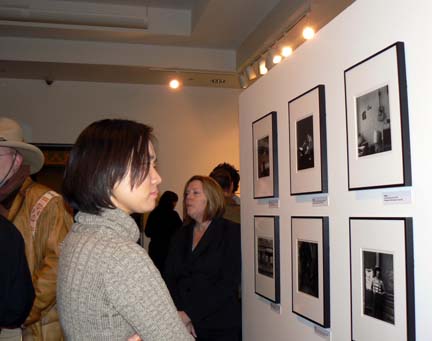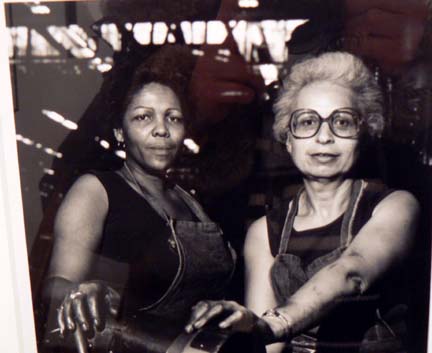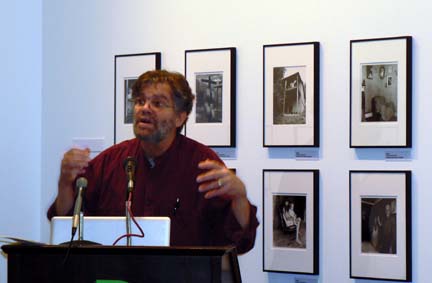Posted January 31, 2011
That’s how Milton Rogovin explained why the subjects of his acclaimed photographs were the working people in his hometown of Buffalo, New York, in West Virginia, Kentucky and all over the world. He died last week at his home in Buffalo at 101 years of age. Up until the last weeks of his life, he never missed the Women in Black vigils against the war every Saturday.

A member of the Communist Party who was witch-hunted out of his optometry business (he refused to testify to HUAC), Rogovin took up photography “because he couldn’t find a job.” The result: over 11,000 images of working men and women over a 30 year period.
Two days after his death, his son Mark Rogovin shared insights about his father’s passion at the opening of “The Working-Class Eye of Milton Rogovin in Chicago’s Gage Gallery. Rogovin never titled any of his pieces. It was up to the viewer to think about them on their own. He tried to make sure that every subject in Buffalo received a copy of their photo, going back to their homes to deliver them personally. Decades later, he would return to re-shoot his subjects surrounded by generations of their families. Lasting relationships developed. When they memorialize him in Buffalo, many will bring their photos with them.

Rogovin was fond of displaying workers in their shop floor clothes, and then side by side in their Sunday best. There were no shots of picket lines or rallies; Rogovin portrayed working people a different way. He sought to show the other side of what workers are toiling for – their lives, families, homes and churches. Rogovin also completed a pioneering photographic study of African-American storefront churches.
Just before his death, Milton’s door bell rang. It was his hospice care worker. Mark Rogovin answered the door and heard. “Hello, I’m Joe McCarthy.” No matter – Rogovin had already beaten his namesake.

The Chicago Rogovin exhibit at Roosevelt University’s Gage Gallery runs through June 30th. It’s worth a long look. Many of his works can also be viewed on his website, www.miltonrogovin.com
